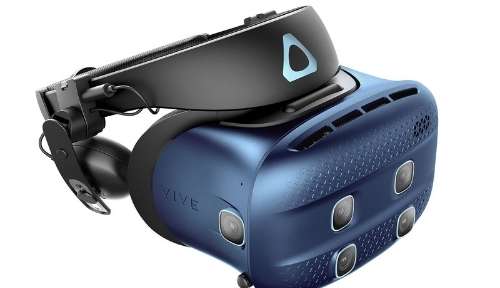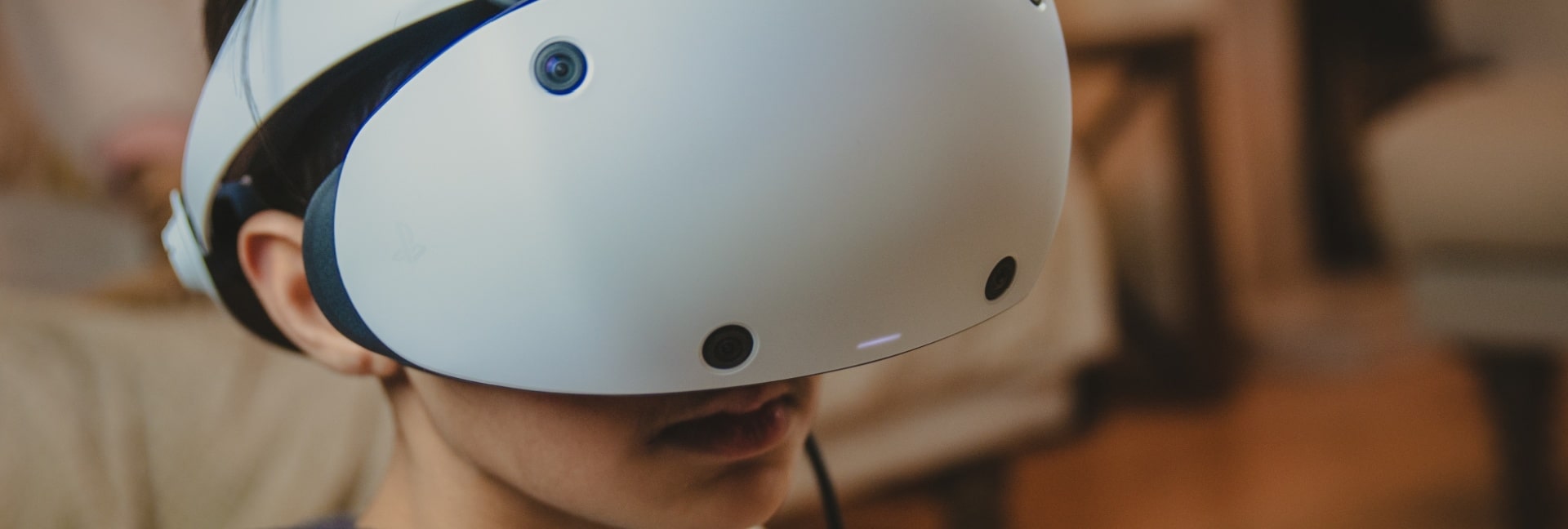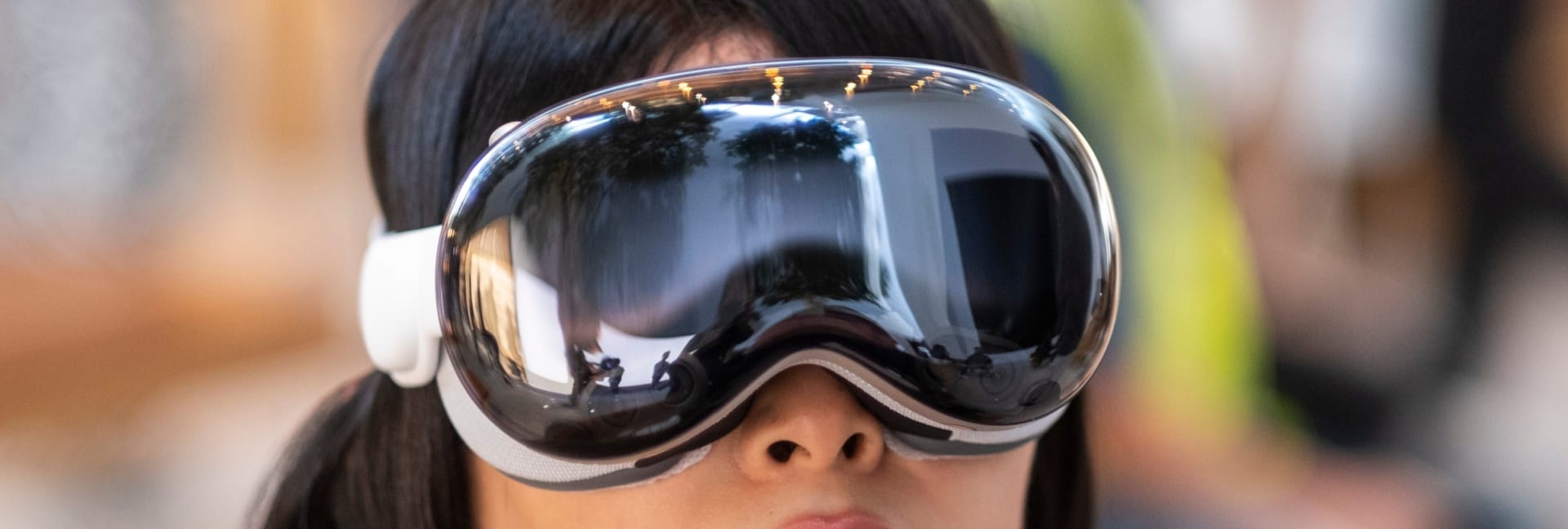On February 16th, Meta CEO Mark Zuckerberg appeared on the Morning Brew Daily podcast to talk about everything from the launch of the Apple headset and AI to his growing interest in raising cattle. During the interview, Zuck indicated that a finger-tracking neural wristband would launch within the next few years.
At the moment, virtual and mixed-reality headsets like the Apple Vision Pro and the Meta Quest 3 have the capability to track fingers optically, but this technology currently has limited effectiveness. It doesn’t perform well in low lights, has occlusion problems, has high latency, and has low accuracy.
This kind of neural interface has been in the pipeline since at least 2015, but nearly a decade later, we’re still not quite there. Meta has a neural wristband in development, but how will it enhance mixed reality and spatial computing? And when can we expect to see this technology in use?
Let’s explore what neural wristbands will do and what Zuckerberg has to say about Meta’s product development progress.
What Is a Neural Wristband?
At the moment, hand tracking on a headset like the Meta Quest uses inside-out cameras built into it to determine where your hand is and what it’s doing. Once your hand is detected, the headset will use algorithms to track your movements.
A neural wristband will improve the accuracy of your hand tracking. Instead of looking at where your hand is, the wristband will detect the neural electrical signals that pass through your nerves to your hands. To achieve this, the wristband uses electromyography (EMG), a non-invasive technique.
Neural wristbands are the next-level input devices. Although they do the same thing as your mouse, keyboard, or touchscreen, neural wristbands promise to be more intuitive, giving you fluid control over your world.
It’s believed that perfect accuracy could be achieved by taking signals from your brain. Additionally, the wristbands could have zero or potentially negative latency. You’ll get the same results whether you’re in a pitch-black or brightly lit environment.
Precision control like this could allow you to manage complex tasks with very slight hand movements. This precision and subtlety make it ideal for mixed reality and similar innovations.
Neural Wristband Development: A Timeline
In the Morning Brew interview, Zuckerberg said, “We’re actually kind of close to having something here that we’re going to have in a product in the next few years”. So what has Meta done so far?
CTRL Labs, a New York tech startup, has worked on neural wristbands for at least nine years. They were acquired by Facebook back in 2019. However, it’s believed that the company that would become known as Meta had already done some work on their own wristbands before buying CTRL Labs.
Since the acquisition, the neural wristband development project has been led within Meta by CTRL Labs’ co-founder, Thomas Reardon. Back in 2021, Reardon stated that the breakthroughs they’d made could decode activities of single neurons, giving you “almost infinite control over machines “
Early last year, The Verge received a leaked Meta AR/VR hardware roadmap. This gave us the first hints of the Quest 3 and also revealed plans for what is believed will be the Quest 3 Lite. Amongst all the headsets and smart glasses in development, the roadmap also included a neural development that Meta hopes to release in 2025, alongside the third-generation Ray-Ban smart glasses.
If that roadmap is still accurate, Meta plans to launch two different versions of the neural wristband at separate prices. One will feature just the technology needed for neural input, the other will also have a camera and display and will also act as a smartwatch.
The roadmap goes even further with a second generation pencilled in for 2027. The second wristband will work alongside the AR glasses which are also planned for release in the same year.
Of course, it’s been a year since this roadmap was leaked, and we’ve already seen changes in Meta’s Quest Pro 2 plans. There is a strong possibility that Meta’s timetable may have changed slightly.
Zuckerberg’s Comments in Context
The statements Zuckerberg made in the Morning Brew interview come fast on the tail of the Apple Vision Pro launch and his comments about how it compares to the Quest 3.
The Vision Pro offers a range of input options, including eye and optical finger tracking, which lets you gaze and pinch. These quick and intuitive controls are easy to perform, and, at times, even work while your hand is resting. The Vision Pro’s system still requires your hands to be within sight of the headset. This means that some movements need to be more obvious, particularly when performing a more complex task like resizing or scrolling.
Meta’s neural wristband could improve on Apple’s input methods. So far, there have been no reports that Apple has similar tech in development, but it would be something that could tie into a future generation of its Watch.
According to Zuckerberg, we all have “spare bandwidth” in our nervous system. “There’s all this extra signal that your brain can send that’s not currently being used to move your fingers, and in the future, you will essentially be able to type or control something by thinking about how you want to move your hand.” Neural wristbands will be a “completely private and discrete interface” that allows you to control or interact with an AI without showing any outward signs that you’re doing anything.







